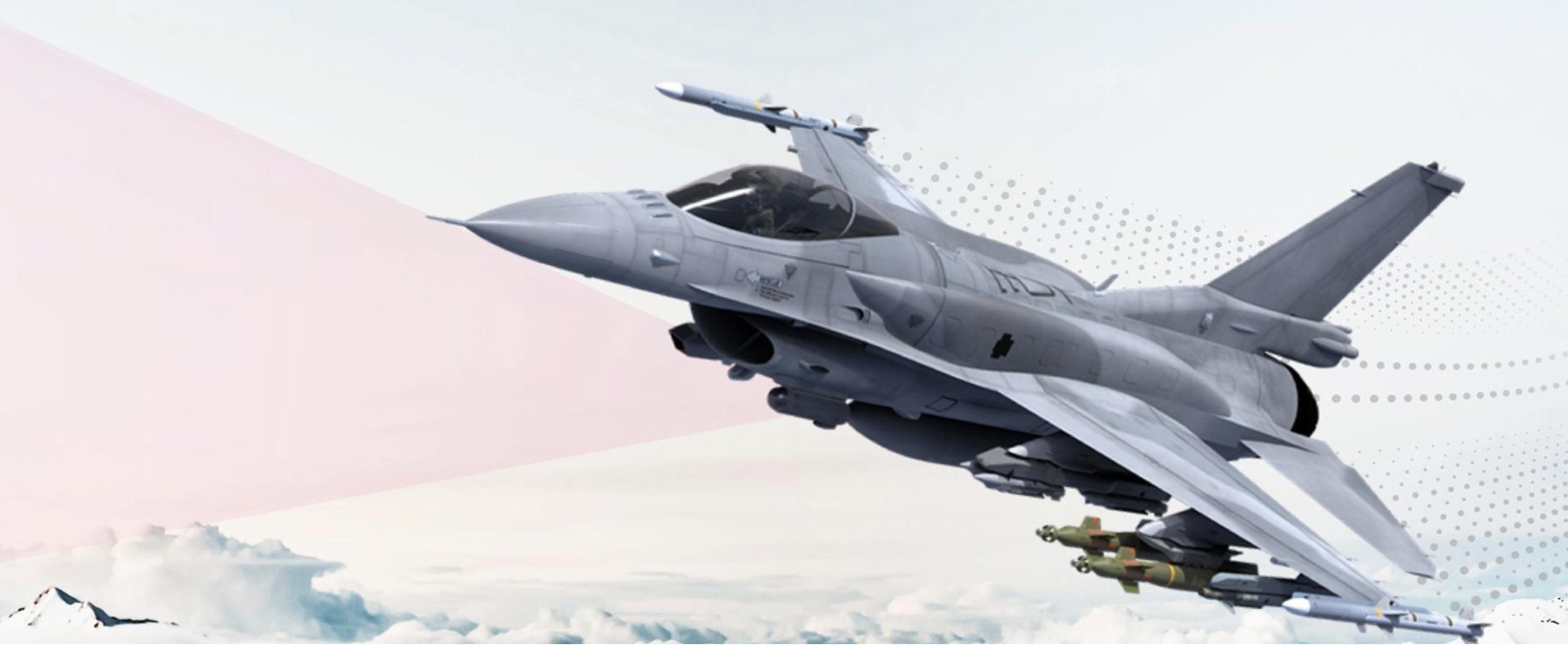
Lockheed Martin on Nov. 17 unveiled a miniaturized infrared search and track (IRST) sensor with an embedded processor for the F-16 Block 70/72 series.
The Legion-Embedded System (ES) pod has been ordered by an undisclosed F-16 Block 70/72 customer and is available for delivery to new operators starting in 2023, said Jim Ni, Lockheed’s IRST21 program manager.
The first deliveries of a newly built F-16 Block 70 are scheduled in 2021 to the Royal Bahraini Air Force. Taiwan, Slovakia, and Bulgaria also have scheduled F-16 Block 70 deliveries, while Morocco has ordered F-16 Block 72s.
The Legion-ES repackages the long-wave sensor developed for the Legion pod and IRST21. The computer processor is integrated into the F-16’s forward equipment bay.
As a result, the 300-lb., 77-in.-long Legion-ES pod on the left-underside of the forward fuselage is significantly lighter and smaller than Lockheed’s other, fully podded IRST systems, Ni said.
Although the pod is tucked beneath the fuselage, the field of view of the sensor is not obstructed at the ranges anticipated for IRST detection of hostile aircraft, Ni said.
Lockheed developed the full-size Legion pod to integrate on the U.S. Air Force’s fleet of F-16 Block 40/42/50/52 jets.
The Legion pod is significantly larger than the Legion-ES because it is designed with growth to carry other systems, such as a communications relay or other sensors. The processor for the full-size Legion pod also is integrated on the pod itself, rather than inside the forward equipment bay.
Lockheed miniaturized and consolidated electronics in the forward equipment bay of the F-16 Block 70/72 series. The extra room created space to house the processor for the Legion-ES, Ni said.





